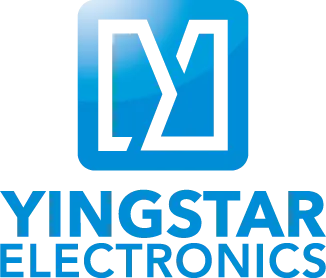A PCB (Printed Circuit Board), also called a PC board, is a non-conductive substrate containing printed or etched conductive lines. If electronic components are put on the PCB and copper wires connect them to form a functional circuit or assembly, it is called PCB assembly.
The boards sustain the gadget physically and mechanically while connecting the electronic components. It is common for PCBs to be constructed from non-substrate materials with layers of copper circuitry. The mechanical structure is composed of an insulating substance layered between conductor layers.
The Process of PCB Assembly
1. Applying a mechanical device, put the tiny stainless steel stencils over the board. Solder paste should be placed uniformly and precisely on the circuit board.
2. A robotic device should insert SMDs, or surface mount components, on a prepared PCB. The parts must then be soldered to the circuit board surface.
3. After the solder paste and surface, mount components are in place, they must stay put. This implies that the solder paste must harden before components may be attached to the board. The reflow soldering procedure is used in PCB assembly to accomplish this.

4. After reflow soldering, the components may become misaligned as a consequence of erroneous movement in the PCB holding tray, resulting in a short circuit or open connection. These defects must be found, and the process of doing so is known as inspection. Manual and automatic inspections are both possible. The varying inspection methods are as follows:
- Despite the approaching tendency of automation and smart production, manual inspections are still used in PCB assembly. An in-person visual examination by a designer is a useful way for ensuring the quality of a PCB following the reflow process in smaller batches.
- A more appropriate inspection procedure for bigger batches of PCBAs is automatic optical inspection. To observe solder connections, an automated optical inspection machine, or AOI machine, employs high-powered cameras mounted at various angles.
- The X-Ray equipment enables the technician to inspect the PCB for inner layer problems in the PCB assembly process. This is a rare inspection procedure that is utilized only on sophisticated and advanced PCBs. This is called X-ray inspection.
5. A plated through-hole, or PTH, component is a hole on a printed circuit board that is plated through. For this, a more sophisticated soldering process is required than solder paste.
- Manual Soldering: Typically, one technician is assigned to insert one component at a time before passing the board to another technician who inserts another component on the same board. As a result, the board will be moved around the manufacturing line as the PTH components are crammed onto it.
- Wave Soldering: Wave soldering is a mass soldering procedure that allows you to produce a large number of circuit boards in a short period of time. Each circuit board is passed over a pan of molten solder. A pump in the pan generates a “wave” of solder, which washes over the board and solders the components to it.
6. After the PCB assembly has been soldered, it is necessary to do a final check and test procedure. The electrical properties of the PCB are tested by running power and simulated signals. When electrical signals do not fluctuate throughout the test, it indicates that the process has been successful.

A circuit board assembler does all these things. We, Yingstar Electronics, are one of the best PCB assemblers who provide all kinds of PCB assembly services in Shenzhen. For any further queries regarding PCBA, you may contact us.



